Prepare thoroughly for the ARRT 2025 Registry Exam with this all-encompassing review guide, crafted for radiologic technologists aiming for certification success. This comprehensive resource combines top strategies and expert tips to help you navigate the exam’s challenges, covering key areas such as patient care, safety, image production, and radiologic procedures. It includes 150 carefully curated practice questions that reflect the exam’s format and complexity, complete with detailed explanations to reinforce your understanding of critical concepts. Updated to align with the 2025 ARRT content specifications, this guide addresses the latest advancements in radiologic technology, safety protocols, and imaging techniques. Ideal for both first-time test-takers and those seeking recertification, this review ensures you’re equipped with the knowledge and confidence to excel.
Preview
1. What is the patient preparation for an upper GI series?
a. clear fluids only prior to exam
b. clear fluids for 24 hours prior to exam
c. NPO for at least 8 hours prior to exam
d. only gum chewing and/or smoking prior to exam
Correct Answer: c. NPO for at least 8 hours prior to exam
Rationale: For an upper GI series, the patient should be NPO (nothing by mouth) for at
least 8 hours before the procedure to ensure that the stomach is empty for optimal
imaging.
2. Which of the following is a postprocessing option to decrease the amount of
noise in a digital image?
a. masking
b. edge enhancement
c. equalization
d. smoothing
Correct Answer: d. smoothing
Rationale: Smoothing is a post-processing technique used to reduce image noise by
averaging pixel values, leading to a clearer image with less noise.
3. A CT scanogram can be used for which of the following purposes?
a. bone survey
b. long bone measurement
c. bone age
d. soft tissue neck
Correct Answer: b. long bone measurement
Rationale: A CT scanogram is typically used for measuring the length of long bones,
especially for preoperative planning or growth assessment in pediatric patients.
4. Primary radiation can be produced by which of the following methods when
electrons interact with the anode (target)?
1. Bremsstrahlung
2. Characteristic
3. Compton
a. 1 only
b. 1 & 2 only
c. 2 & 3 only
d. 1, 2, & 3
Correct Answer: b. 1 & 2 only
Rationale: Primary radiation is produced through Bremsstrahlung (braking radiation)
and characteristic radiation when electrons strike the anode. Compton scattering
produces secondary radiation, not primary.
a. clear fluids only prior to exam
b. clear fluids for 24 hours prior to exam
c. NPO for at least 8 hours prior to exam
d. only gum chewing and/or smoking prior to exam
Correct Answer: c. NPO for at least 8 hours prior to exam
Rationale: For an upper GI series, the patient should be NPO (nothing by mouth) for at
least 8 hours before the procedure to ensure that the stomach is empty for optimal
imaging.
2. Which of the following is a postprocessing option to decrease the amount of
noise in a digital image?
a. masking
b. edge enhancement
c. equalization
d. smoothing
Correct Answer: d. smoothing
Rationale: Smoothing is a post-processing technique used to reduce image noise by
averaging pixel values, leading to a clearer image with less noise.
3. A CT scanogram can be used for which of the following purposes?
a. bone survey
b. long bone measurement
c. bone age
d. soft tissue neck
Correct Answer: b. long bone measurement
Rationale: A CT scanogram is typically used for measuring the length of long bones,
especially for preoperative planning or growth assessment in pediatric patients.
4. Primary radiation can be produced by which of the following methods when
electrons interact with the anode (target)?
1. Bremsstrahlung
2. Characteristic
3. Compton
a. 1 only
b. 1 & 2 only
c. 2 & 3 only
d. 1, 2, & 3
Correct Answer: b. 1 & 2 only
Rationale: Primary radiation is produced through Bremsstrahlung (braking radiation)
and characteristic radiation when electrons strike the anode. Compton scattering
produces secondary radiation, not primary.




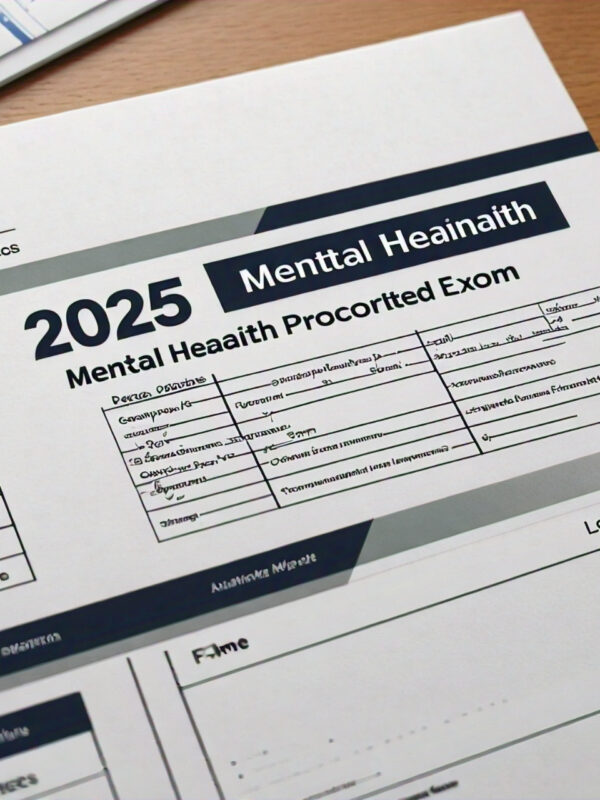
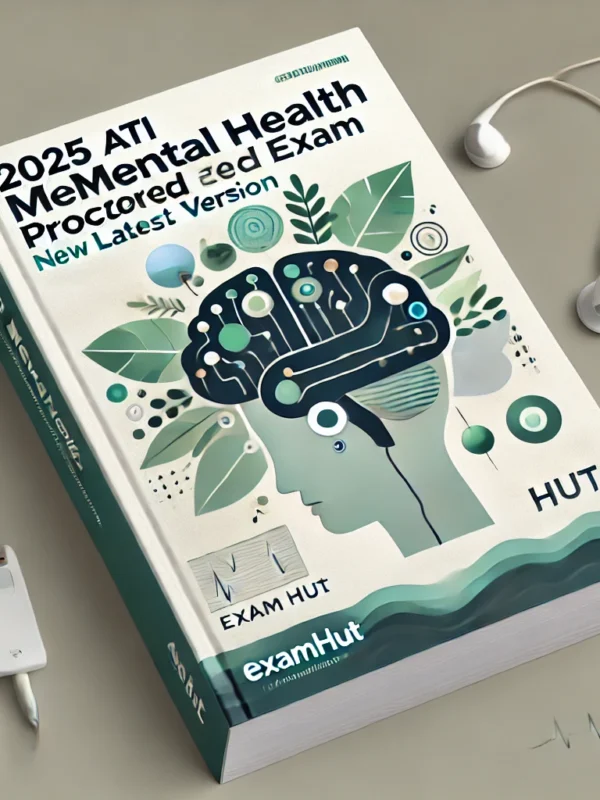


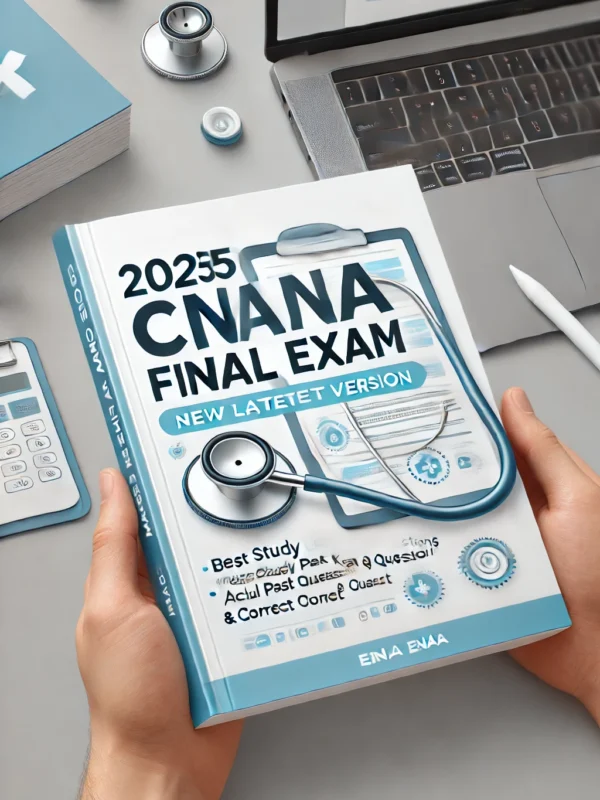
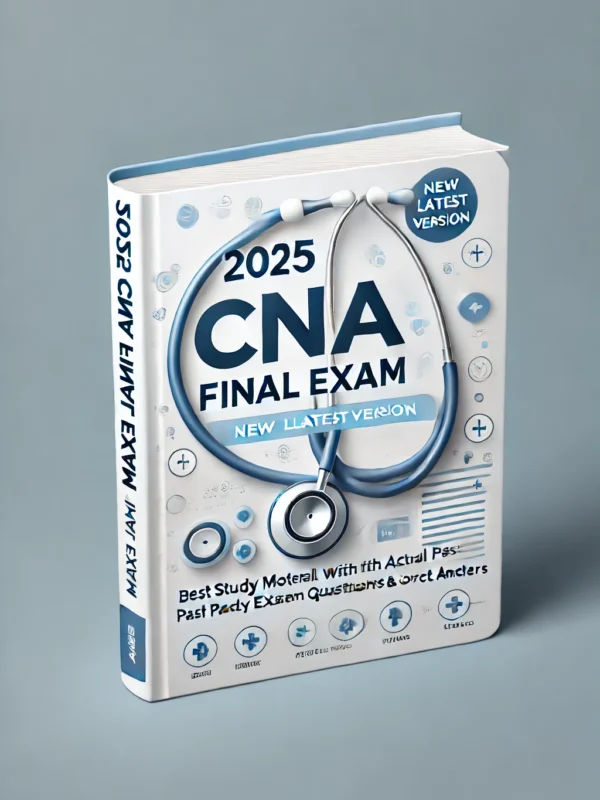

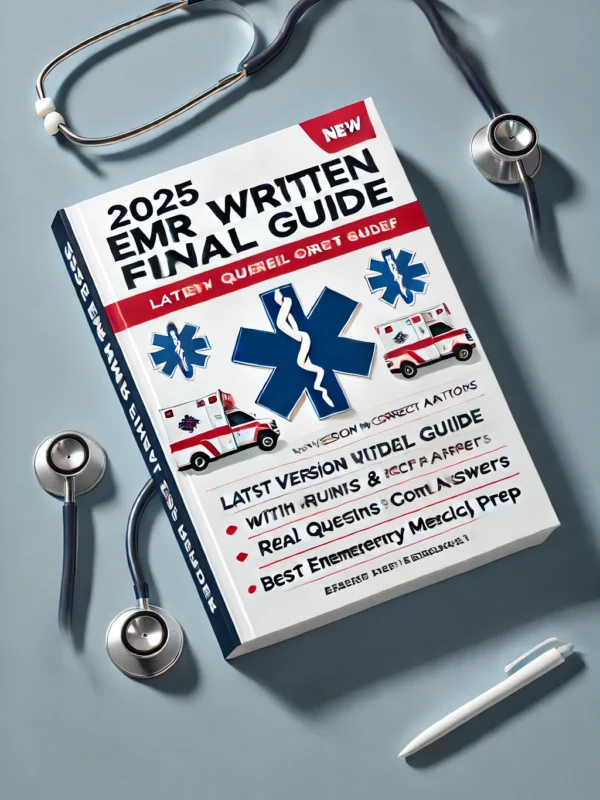
Reviews
There are no reviews yet.